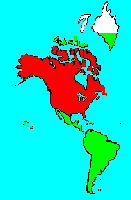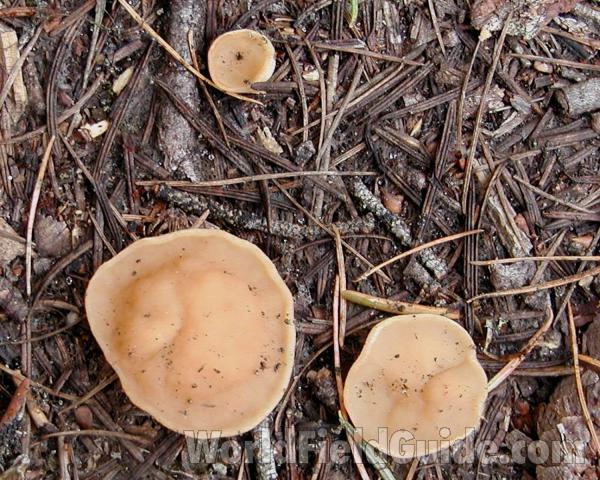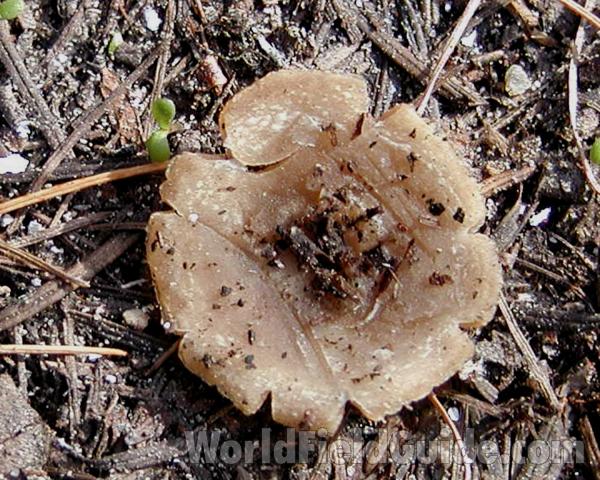SPECIES INFO
False Morels and Lorchels (Family Helvellaceae) are usually large mushrooms with a brownish cap upon a visible stalk. The genus Gyromitra, which contains some very dangerous species, is found in this family.
Cup Fungi and Allies group (Order Pezizales) includes the morels.
Discomycetes are one of the more important classes of Ascomycotina. Included among the members of this order are the truffles, a much prized fungi used for food. Very difficult to find visually, they are generally hunted by scent with trained pigs or dogs. The morels and earth tongues are also found in this class.
Ascomycotina (Ascomycetes) are one of the four main groups of true fungi. They feature spores formed inside small cells of small oval or elongated shapes called asci. Two main groups make up this class. They are Discomycetes and Pyrenomycetes.
Most fungi are parasites on plants. Identification of many fungi is very difficult because their form and color is dependent on local conditions. One should not eat wild collected mushrooms as many edible species have poisonous look-alikes. Although we believe many of the species we show in this group are correctly identified, we are also aware of instances where we doubt the identification. We include these species to show the diversity of life, as opposed to a method of precise species identification.





